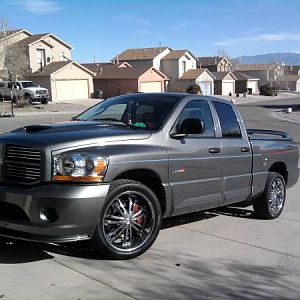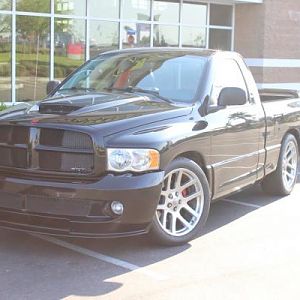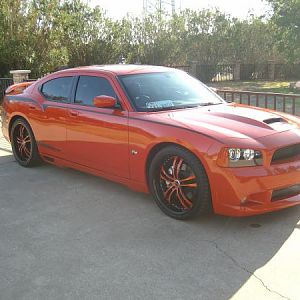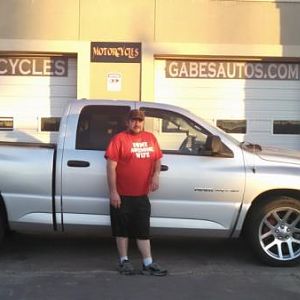pokeytemplar
Full Access Member
Well my turbo thread kinda side tracked into this so I started a new one just for it.
Would it work for our 10's? Yes and no. It is all in how you set it up.
I think it is a viable option for the Roe guys that want more power. Add a single turbo kit to the mix and you have "no traction all the time" .
.
If you have nothing then I believe a turbo setup can provide all of the power you could ever use on the street and probably the strip as well.
If I was rich I would love to do a quad turbo setup on our 10's. Quick spool and nice numbers down low and then the power would just grow and grow.:rock:
Would it work for our 10's? Yes and no. It is all in how you set it up.
I think it is a viable option for the Roe guys that want more power. Add a single turbo kit to the mix and you have "no traction all the time"
If you have nothing then I believe a turbo setup can provide all of the power you could ever use on the street and probably the strip as well.
If I was rich I would love to do a quad turbo setup on our 10's. Quick spool and nice numbers down low and then the power would just grow and grow.:rock:






